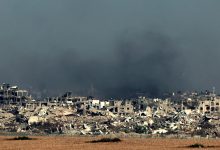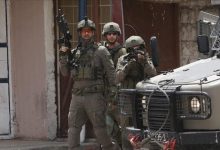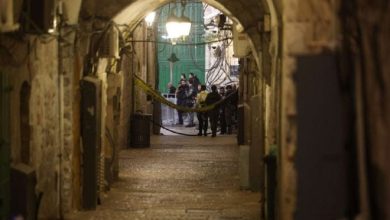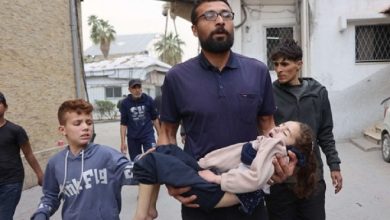Israeli Assault on Gaza: Destruction of Hamad City and Displacement of Residents
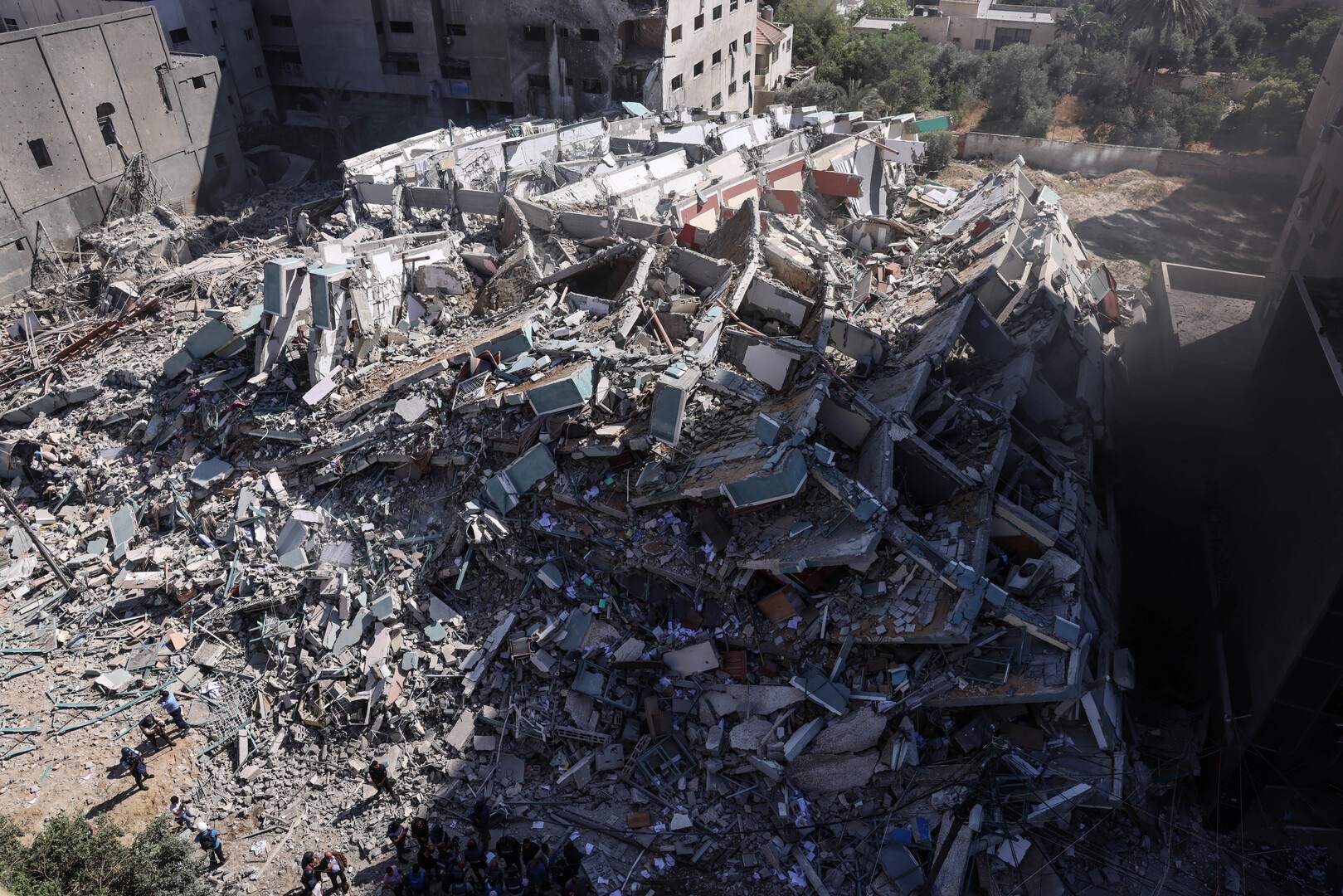
Watan-As part of its fervent pursuit to destroy the Gaza Strip and displace its inhabitants, Israeli enemy aircraft destroyed the residential city of Hamad in the Khan Yunis Governorate, south of the Gaza Strip, built by Qatar years ago. The city used to accommodate tens of thousands of poor families with limited incomes and provided more than 10,000 job opportunities for Gazans.
In October 2012, Qatar donated around $407 million to reconstruct the Gaza Strip by implementing “vital” projects, including the construction of a residential city named after the former Emir of Qatar, Sheikh Hamad bin Khalifa Al Thani, consisting of approximately 2,500 residential apartments.
The destruction of the Israeli occupation of the city of Hamad is part of its ongoing war on the Gaza Strip since October 7th, during which it destroyed tens of thousands of Palestinian homes and infrastructure.
Scenes broadcasted by activists and residents of Hamad city showed the extensive damage caused by the Israeli war machine to the residential towers, infrastructure, commercial shops, mosques, schools, police stations, and public parks.
Hamad city was named after the former Emir of the Gulf oil state, Sheikh Hamad bin Khalifa Al Thani, who laid the foundation stone during his visit eleven years ago.
The city was opened in 2016 and was still among the newest projects in the Gaza Strip, featuring a residential complex in Khan Yunis city with a magnificent mosque, shops, and gardens.
The first apartments – more than 1,000 of them – were provided to Palestinians whose homes were destroyed in the war between Israel and Hamas two years ago.
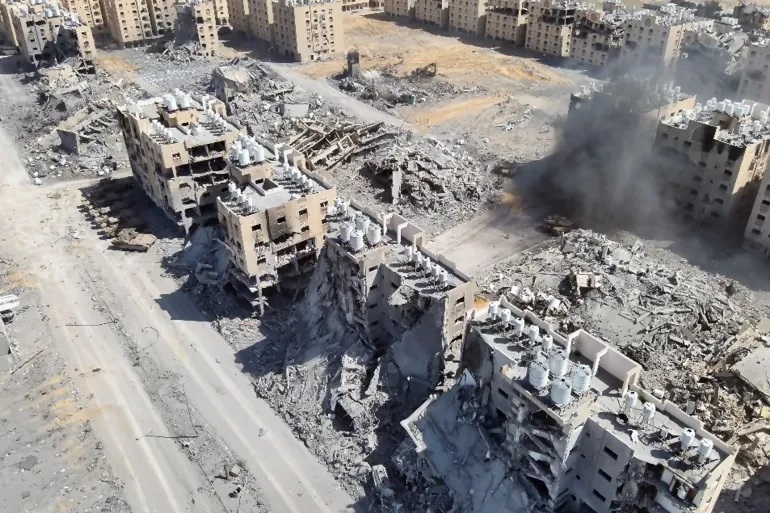
3000 residential units
The project, which was partially destroyed, consists of 53 residential buildings, each five stories high, containing nearly 3,000 residential units of three different sizes: 100, 115, and 130 square meters. The allocation of space is based on the applicants’ preferences, family size, and monthly income.
Ahmed El-Shorbagy, a resident of Hamad city, confirmed the Israeli occupation’s significant destruction in the city. He stated that the occupation deliberately bombed and burned residential towers and randomly fired shells at the majority of residential apartments.
El-Shorbagy recounted his shock upon returning to the city two days after the Israeli army withdrew, witnessing the extensive destruction, with his entire residential tower in Hamad completely demolished.
He couldn’t recognize the landmarks of the surrounding area of his residential tower inside the city due to the significant destruction caused by the Israeli occupation forces, which used bulldozers to clear the surrounding streets and remove several landmarks.
More destructive than an earthquake
Mahmoud Barbakh described what he witnessed inside Hamad city as more than a devastating earthquake that struck the city, due to the Israeli bombardment, the occupation’s demolition of towers, and the destruction of its infrastructure.
Barbakh said that the Israeli occupation turned his residential apartment in Hamad city into rubble, ending their memories in this beautiful city that had everything, from services to clean streets, mosques, and schools.
He explained that the Israeli occupation deliberately caused as much destruction as possible in Hamad city to prevent its inhabitants from returning and living in it.
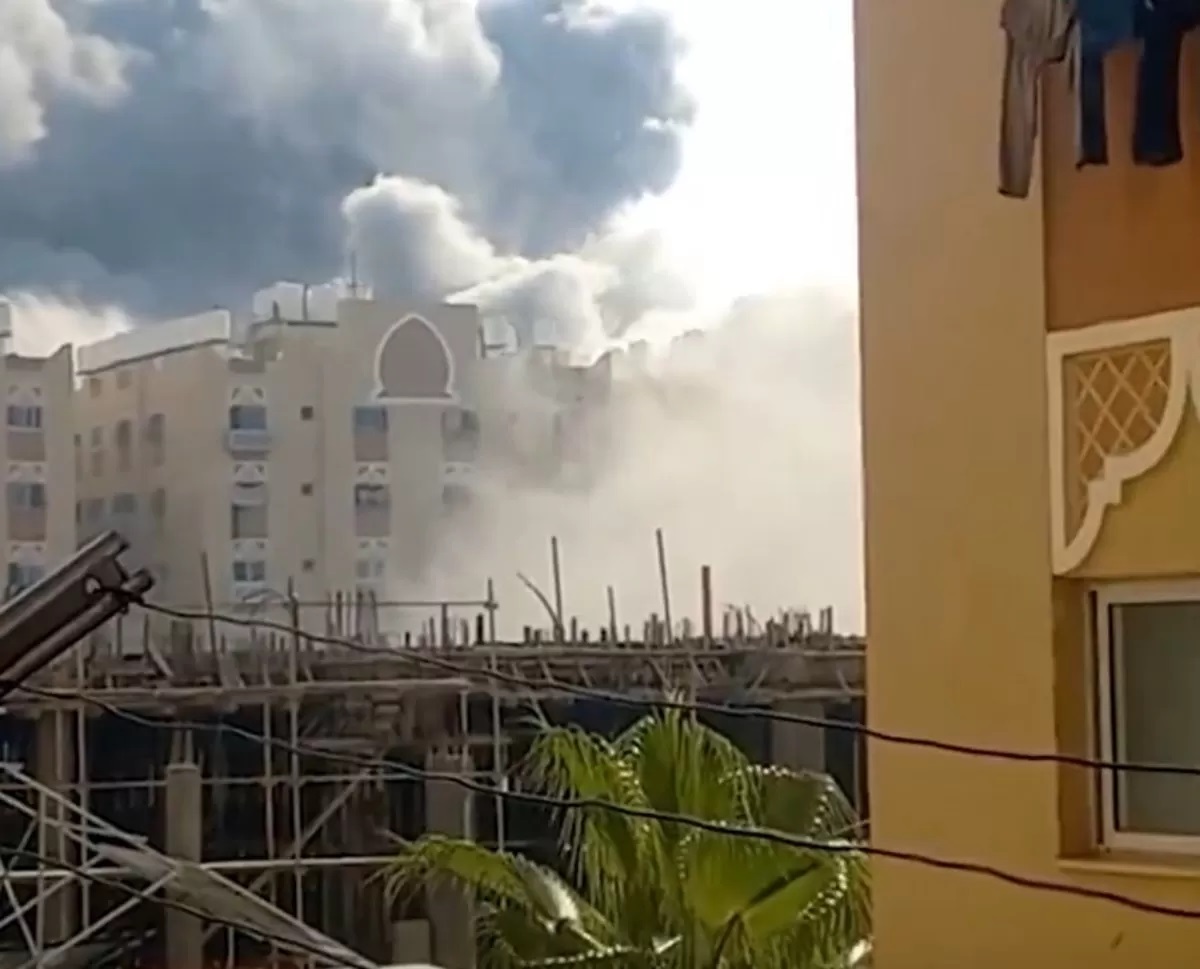
False warning
Israel claims to send warning messages to residents before destroying the homes that shelter them, including the Hamad city project, with immediate evacuation orders. However, it’s a false warning.
Israeli airstrikes and missiles continue to fall on the pale buildings, turning them into rubble, as a massive cloud of black smoke rises into the sky, while people flee and cry out for help and ambulances, according to a report by France 24 agency.
Nader Abu Warda, 26, expressed astonishment that he was still alive. He, his wife, and their three children were staying in a friend’s apartment in the complex. Abu Warda fled from Jabalia, near Gaza City, at the start of the war and didn’t know which way to go or what to do. He emphasized that at least they survived.
Hundreds of displaced families sought refuge in Hamad city in recent weeks, according to the United Nations Office for the Coordination of Humanitarian Affairs (OCHA).
Many people cannot access phones and rely on warning leaflets dropped by aircraft, which cannot be seen from inside the apartment.
According to the Emergency and Rescue Organization affiliated with the Civil Defense in the Gaza Strip, “Hundreds of displaced families” have sought refuge in Hamad city in recent weeks.

